1. Raiders of the Lost Ark – The Boulder Chase
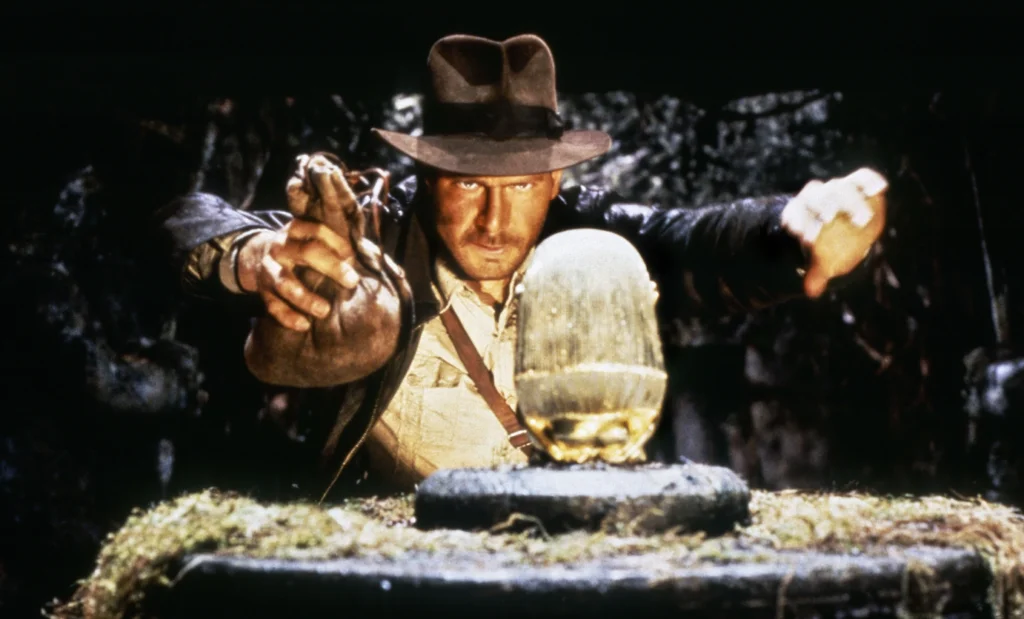
When audiences saw Indiana Jones sprinting away from that massive rolling boulder in Raiders of the Lost Ark (1981), it set a new standard for action openings. Spielberg wanted viewers instantly hooked, and this sequence did just that. The mix of practical stunts, clever set design, and nonstop tension showed that action movies didn’t have to waste time getting started. Instead of easing into the story, Raiders taught Hollywood to open big.
It wasn’t just exciting, it was groundbreaking in pacing. That scene influenced countless action films in the ’80s and beyond, from Romancing the Stone to the Mission: Impossible series. Suddenly, audiences expected a rush right at the start, and filmmakers leaned into the idea of spectacle as a storytelling device. The boulder didn’t just chase Indy, it chased the whole industry into a new era.
2. E.T. the Extra-Terrestrial – The Flying Bike
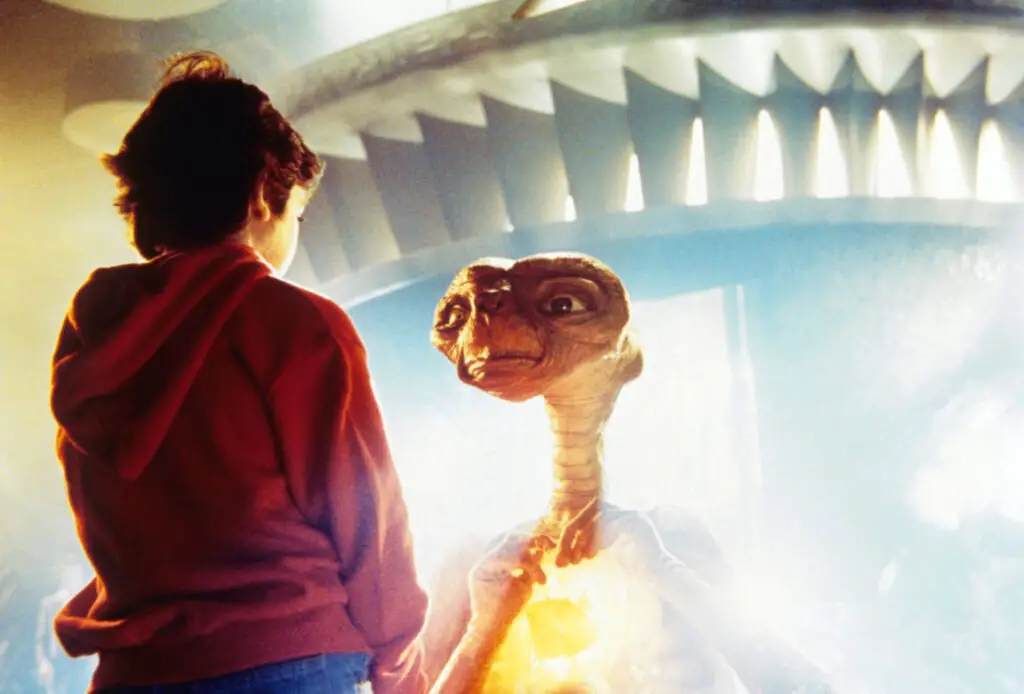
Few moments in film are as instantly magical as Elliott and E.T. soaring across the moonlit sky in E.T. the Extra-Terrestrial (1982). Spielberg tapped into pure wonder, and John Williams’ soaring score made it unforgettable. The combination of practical effects, camera tricks, and music created one of cinema’s most iconic images. It wasn’t just a scene, it was a feeling that audiences carried with them long after.
The sequence showed how special effects could blend seamlessly with emotional storytelling. Instead of being just a gimmick, the flying bike symbolized freedom, childhood innocence, and unbreakable friendship. That balance of heart and spectacle became a template for countless family films and blockbuster adventures. Even today, the sight of a bike flying across the moon is enough to stir childlike awe.
3. Blade Runner – Tears in Rain
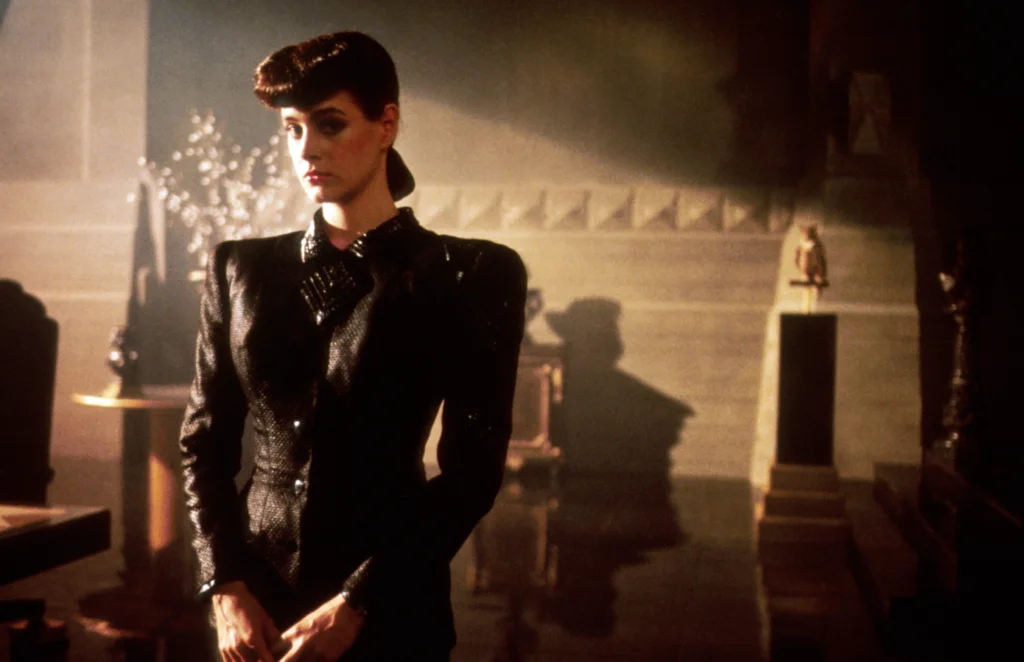
In Blade Runner (1982), Rutger Hauer’s haunting “tears in rain” monologue redefined how science fiction could handle emotion. Instead of a flashy effects-driven climax, the film closed on a quiet, reflective moment between human and replicant. Hauer improvised parts of the speech, and the raw vulnerability hit audiences harder than any action scene could. It proved that science fiction didn’t have to sacrifice soul for spectacle.
This moment influenced decades of filmmakers, from cyberpunk directors to mainstream sci-fi creators. It showed that even in a gritty futuristic world, moments of humanity could take center stage. The rain, the fading life, and the fragile poetry all came together in a way that elevated the genre. Science fiction movies were never the same after Blade Runner whispered instead of shouted.
4. Star Wars: The Empire Strikes Back – “I Am Your Father”
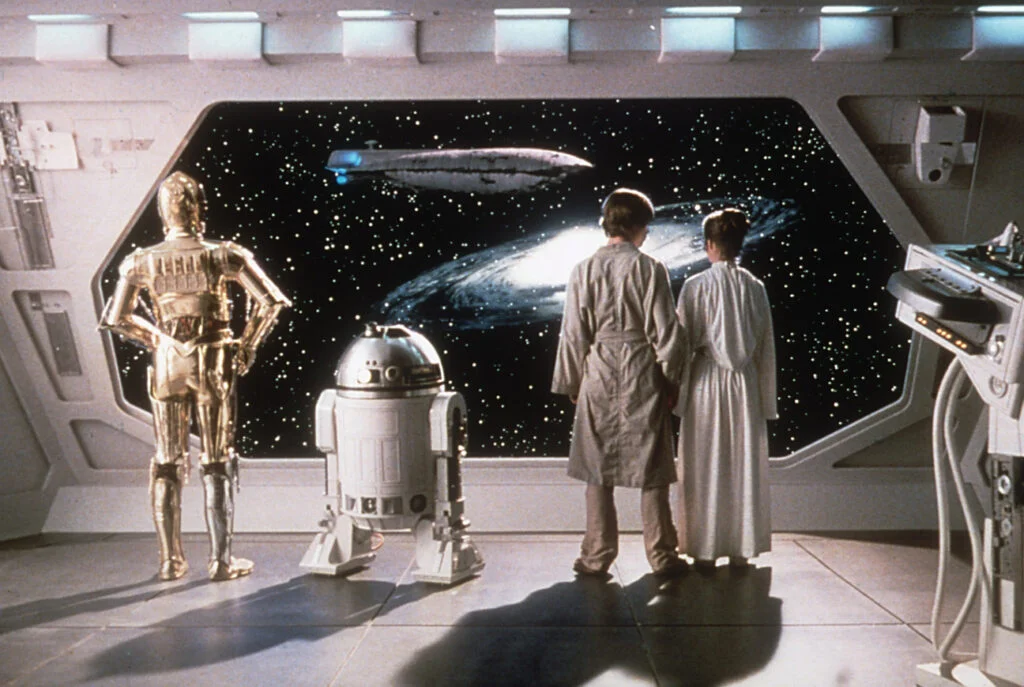
The twist reveal in The Empire Strikes Back (1980) left jaws on the theater floor. Darth Vader’s confession to Luke Skywalker wasn’t just a shocking moment, it was a game-changer for how franchises could use long-form storytelling. Suddenly, audiences realized the stakes were deeper, the relationships more tangled, and the saga more epic than they thought. This wasn’t just a sequel, it was mythmaking on another level.
The ripple effect on Hollywood was huge. Studios began to see that sequels didn’t have to be simple retreads but could deepen and expand the story in bold ways. That reveal also raised the bar for secrecy and surprise in filmmaking, sparking decades of “twist culture” in cinema. Every time a movie drops a shocking reveal today, it owes a little debt to Vader’s words.
5. The Shining – “Here’s Johnny!”
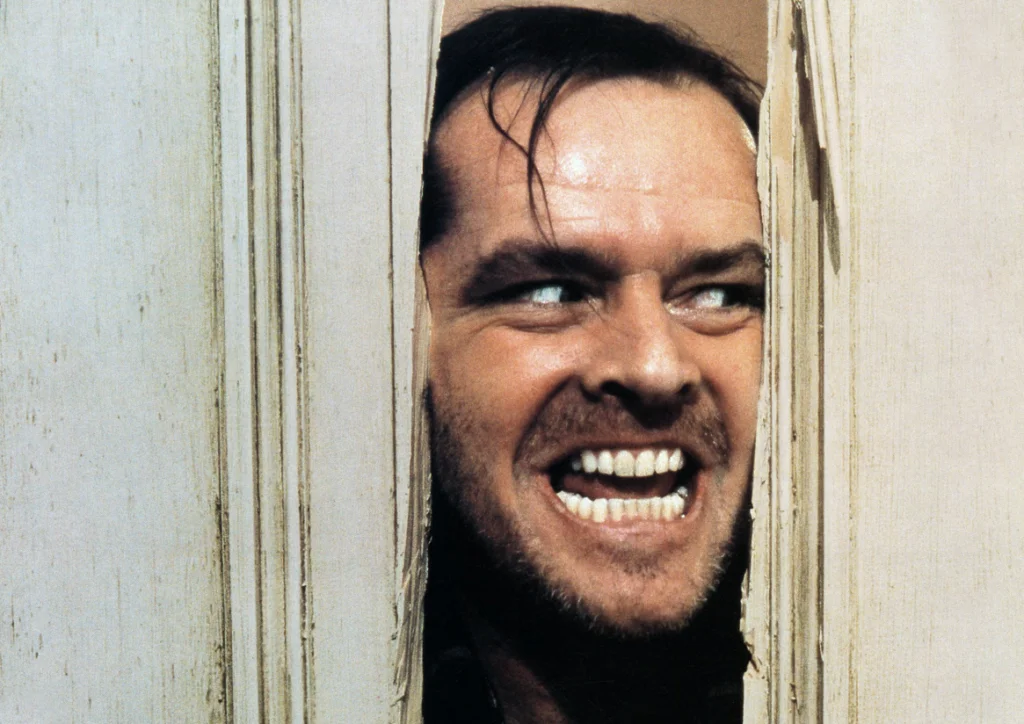
Jack Nicholson breaking through the bathroom door in The Shining (1980) became one of the most chilling and quoted moments in horror history. Kubrick’s obsessive direction, Nicholson’s unhinged performance, and the sheer claustrophobic tension made the scene unforgettable. It pushed psychological horror to a mainstream level and showed how unsettling a single moment could be.
The film’s blend of artistry and horror left a deep mark on the genre. Before The Shining, many horror films leaned heavily on gore or cheap scares. This scene proved that atmosphere, performance, and psychological dread could terrify even more. It set a gold standard that horror directors have been chasing ever since.
6. Scarface – Say Hello to My Little Friend
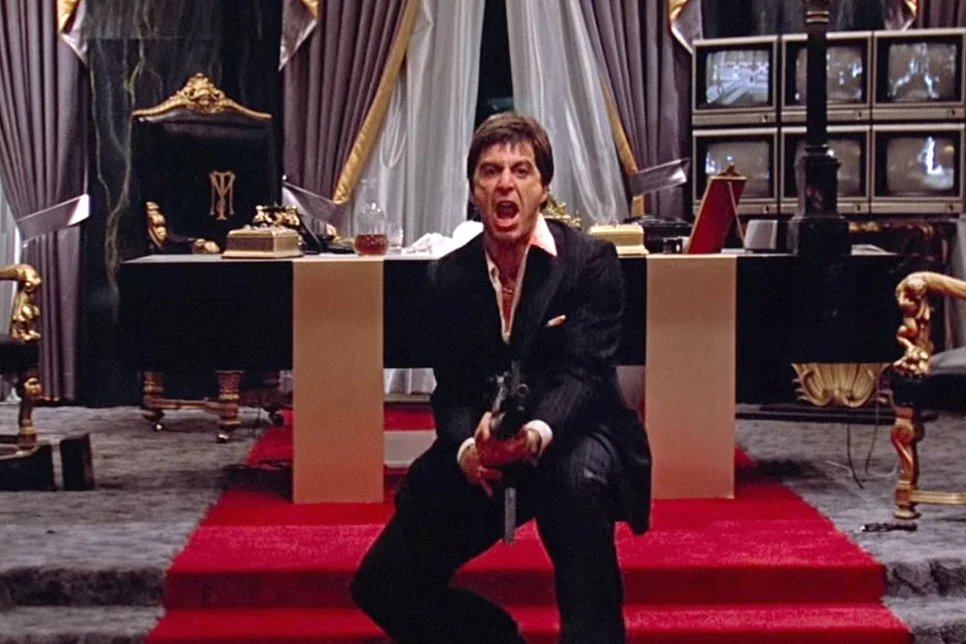
When Tony Montana whipped out his grenade-launching gun and yelled his infamous line in Scarface (1983), it became one of cinema’s most outrageous and iconic death scenes. Al Pacino’s manic energy and Brian De Palma’s explosive direction created a moment that was both shocking and unforgettable. It wasn’t just about the violence, it was about excess, ego, and downfall all colliding in one bloody spectacle.
That scene influenced countless crime films and even spilled into pop culture in music, TV, and video games. It became a symbol of ultimate defiance, even in defeat. Filmmakers took note of how to end a character’s arc with fireworks, both literal and figurative. Decades later, “say hello to my little friend” still echoes as one of the most memorable lines in cinema history.
7. Ghostbusters – The Stay Puft Marshmallow Man
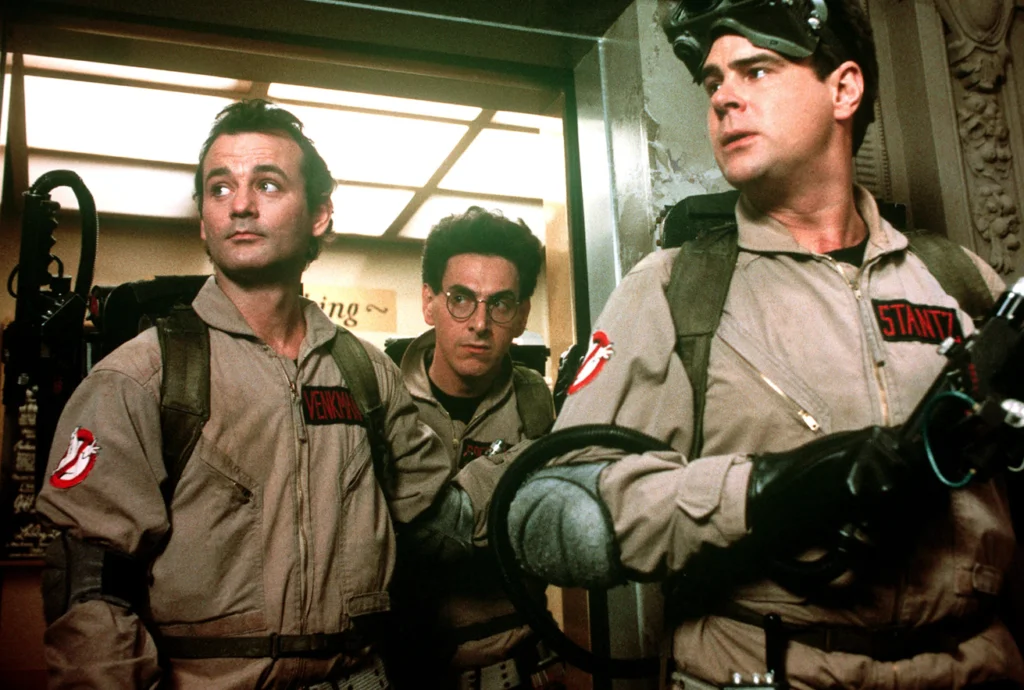
Nobody expected the climax of Ghostbusters (1984) to feature a giant marshmallow mascot stomping through New York City. It was absurd, hilarious, and somehow terrifying all at once. The Stay Puft Marshmallow Man became proof that comedy could sit right at the center of a big-budget spectacle. Instead of undermining the stakes, the silliness amplified the fun.
This moment showed studios that special effects could be used for laughs just as effectively as thrills. It opened the door for more genre-blending, where action, comedy, and sci-fi could share the same space. The Stay Puft scene remains a reminder that even the strangest creative choices can become legendary when executed with confidence.
8. Back to the Future – The Clock Tower Lightning Strike
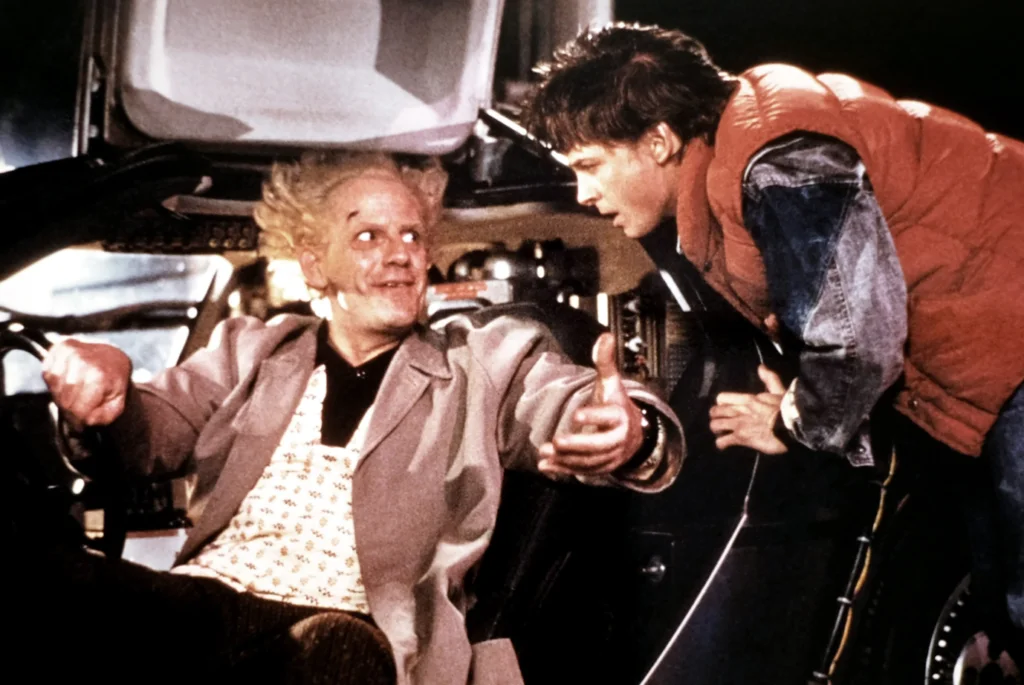
When lightning hit Hill Valley’s clock tower in Back to the Future (1985), audiences collectively held their breath. The timing, the editing, and Michael J. Fox’s frantic performance created a masterclass in suspenseful comedy. It was equal parts thrilling and funny, and it showcased just how versatile blockbuster filmmaking could be.
That one sequence became a blueprint for how to mix spectacle with heart and humor. It’s no accident that so many adventure films since have tried to replicate that balance. The scene didn’t just solve Marty’s problem, it cemented Back to the Future as a genre-defining movie. It showed that time travel could be emotional, funny, and edge-of-your-seat exciting.
9. Die Hard – Nakatomi Plaza Explosion
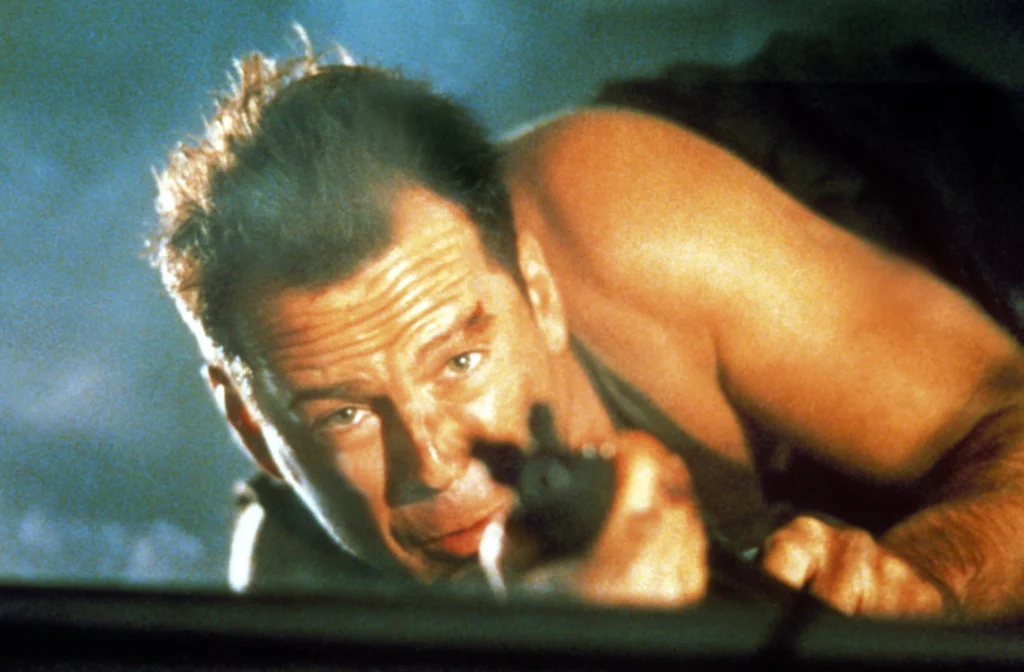
The final rooftop explosion in Die Hard (1988) turned Bruce Willis’ John McClane into the blueprint for the modern action hero. Sweaty, bleeding, and hanging on by a thread, McClane wasn’t invincible, he was human. The mix of vulnerability and grit changed how audiences viewed action stars. Suddenly, the genre wasn’t just about muscle, it was about resilience.
That finale also revolutionized how Hollywood approached set pieces. The confined skyscraper setting proved that one location could still deliver massive excitement. Every action movie that traps its hero in a single location owes something to Die Hard. The rooftop blast sealed its status as a genre-changer.
10. The Terminator – “I’ll Be Back”

Arnold Schwarzenegger’s robotic delivery of “I’ll be back” in The Terminator (1984) turned into one of cinema’s most famous catchphrases. But the moment that followed, when the Terminator literally drove a car through a police station, shocked audiences with its sudden brutality. It wasn’t just a cool line, it was a promise that the unstoppable machine would always return.
That moment shaped how filmmakers thought about villains. The Terminator wasn’t talkative, but his actions were terrifyingly effective. The idea of a silent, relentless antagonist inspired countless imitators. From slasher villains to sci-fi monsters, the “unstoppable force” archetype became a fixture of storytelling thanks to this scene.
11. Raging Bull – The Black-and-White Boxing Matches
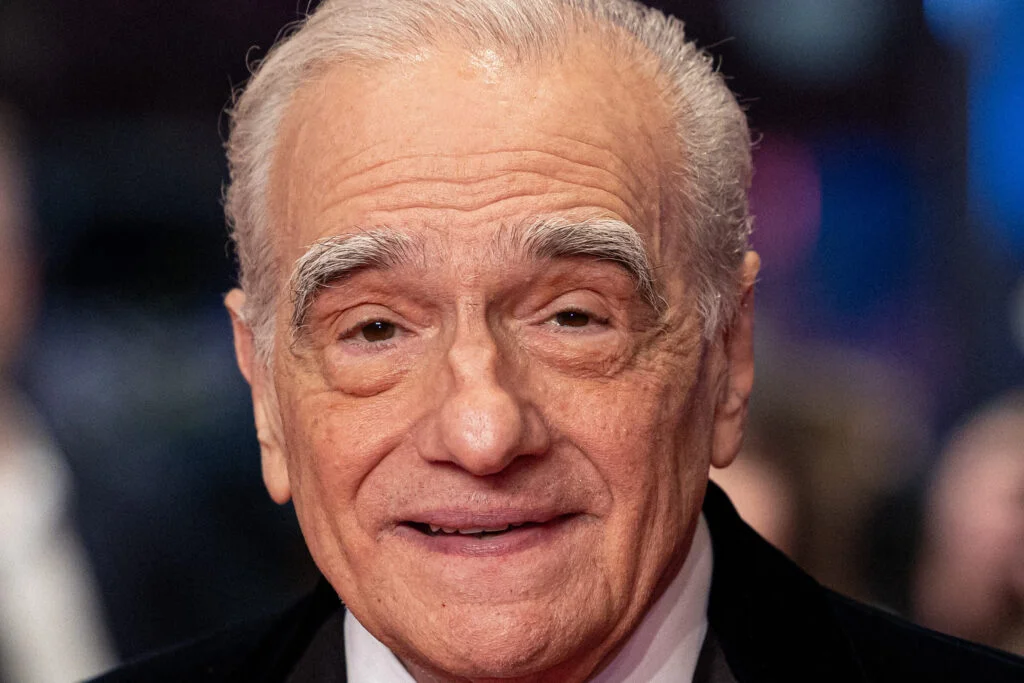
Martin Scorsese’s choice to film the boxing matches in Raging Bull (1980) in stark black-and-white gave the sport a brutal, almost operatic quality. Every punch felt like poetry and punishment rolled into one. The scene where Jake LaMotta takes a savage beating but refuses to fall showed the destructive side of pride better than dialogue ever could.
That artistic choice influenced filmmakers to see sports movies as more than just underdog tales. Suddenly, boxing films and biopics could be raw, intimate character studies. The aesthetic boldness of Raging Bull gave directors permission to elevate genre films into high art.
12. A Nightmare on Elm Street – The Wall Stretch
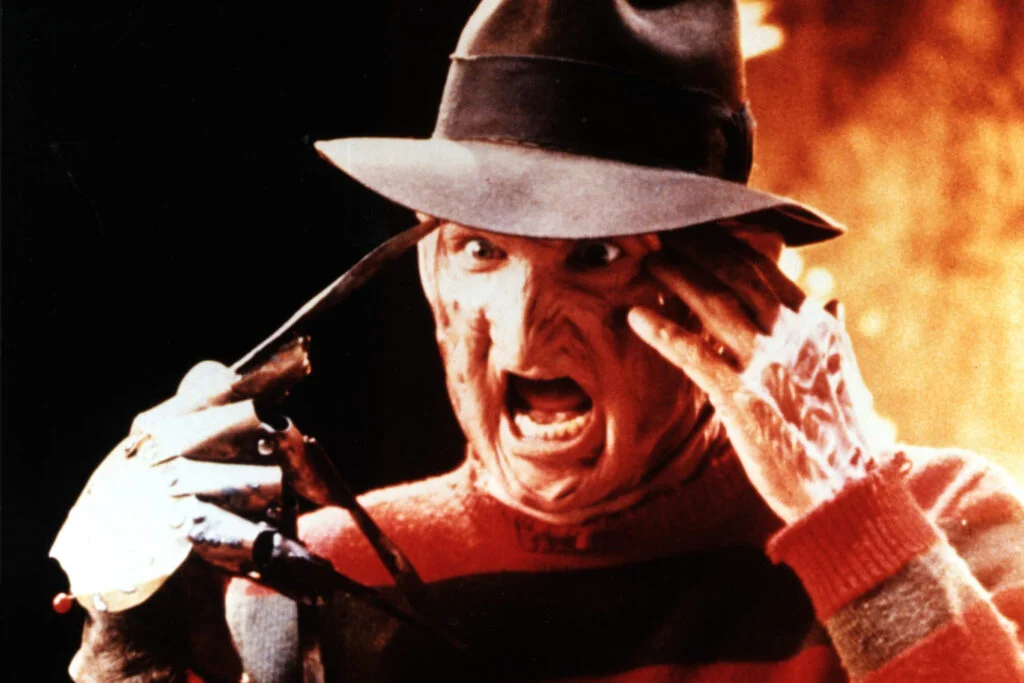
The scene in A Nightmare on Elm Street (1984) where Freddy Krueger stretches through the bedroom wall terrified audiences in a way they’d never seen before. Done with practical effects, it blurred the line between dreams and reality with eerie precision. The concept of horror invading the safest place—your bed—was unsettling enough, but the execution was brilliant.
That moment changed how filmmakers used practical effects in horror. It proved that low-budget tricks could still shock audiences if done creatively. The wall stretch became an example of how surreal visuals could elevate a scare. Even today, it stands as one of horror’s most inventive moments.
13. Top Gun – The Dogfight Sequences
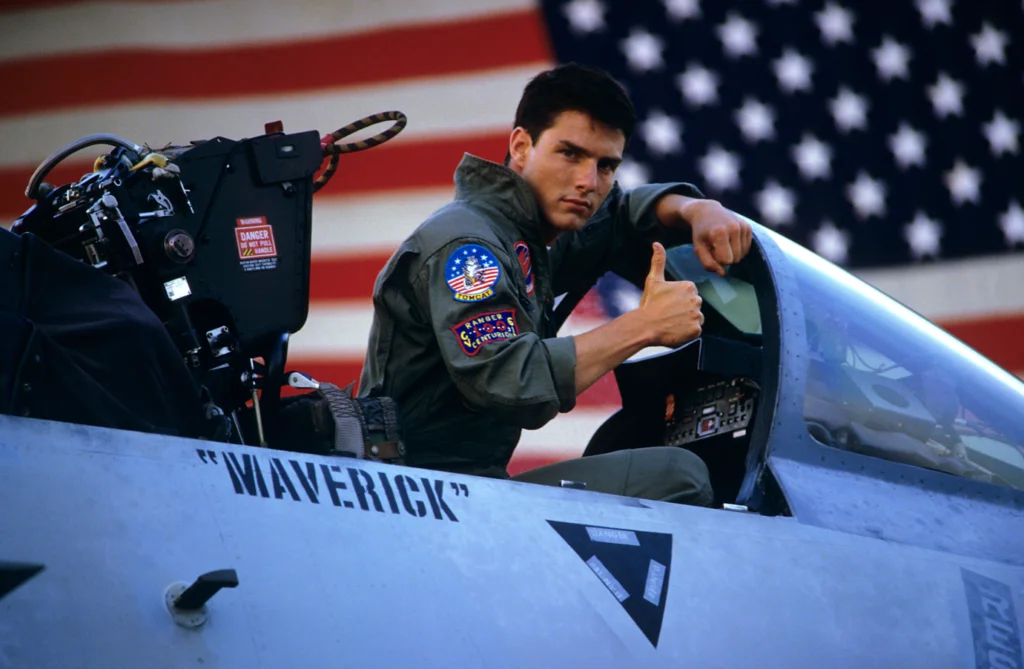
The aerial dogfights in Top Gun (1986) were unlike anything audiences had seen. The mix of real jet footage and dynamic camerawork gave viewers the sensation of being in the cockpit. Suddenly, action movies weren’t just about car chases and fistfights—they could soar into the skies.
The impact was massive on both filmmaking and the Navy’s recruitment numbers. Directors realized that audiences craved authenticity and adrenaline, and films started leaning more on realism in action. The dogfights set a new technical standard, one that even modern films still chase with CGI.
14. Who Framed Roger Rabbit – Live-Action Meets Animation
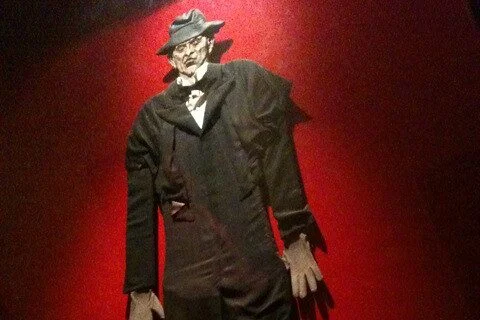
The climactic showdown in Who Framed Roger Rabbit (1988) amazed audiences by blending live-action with animation in ways never seen before. Bob Hoskins convincingly interacted with characters that didn’t exist on set, and the seamless mix of worlds was revolutionary. It wasn’t just a gimmick, it was a true collaboration between mediums.
This scene paved the way for countless films that fused animation and live-action. Without it, movies like Space Jam or even modern CGI-heavy blockbusters wouldn’t look the same. It expanded the possibilities of what a film could do visually, proving that boundaries were meant to be pushed.


